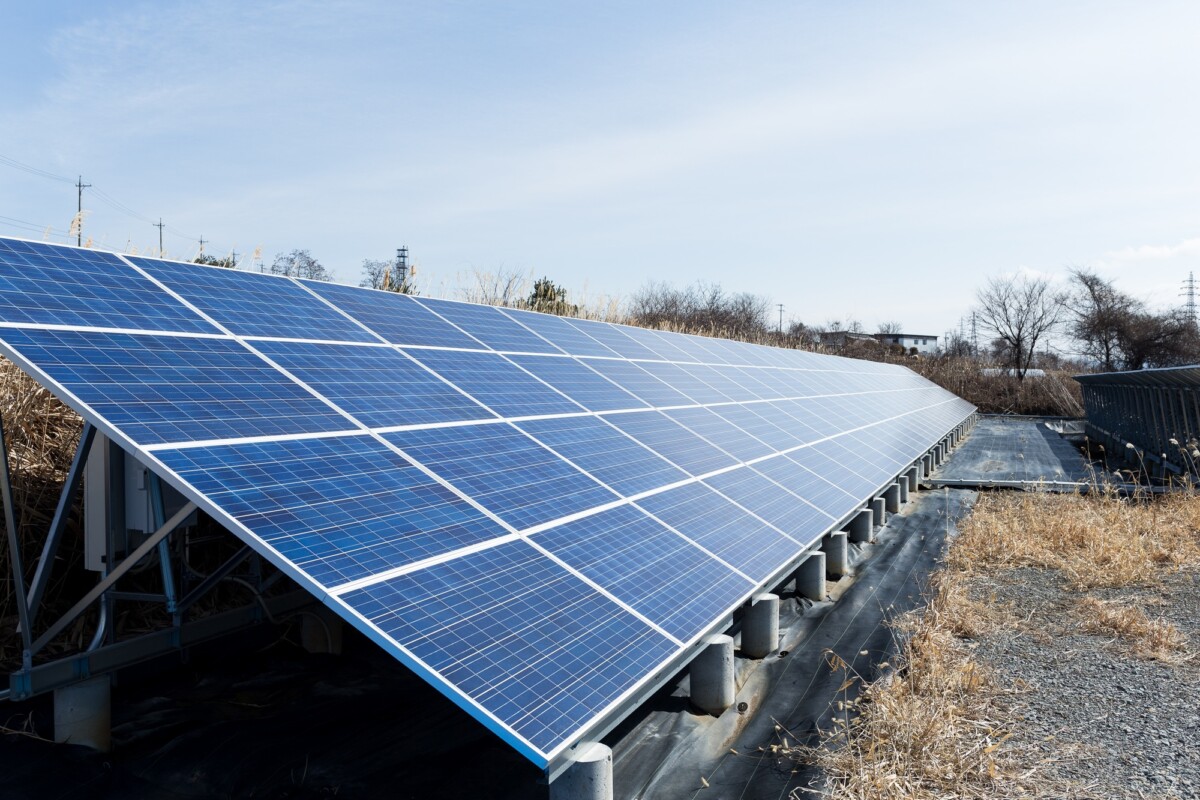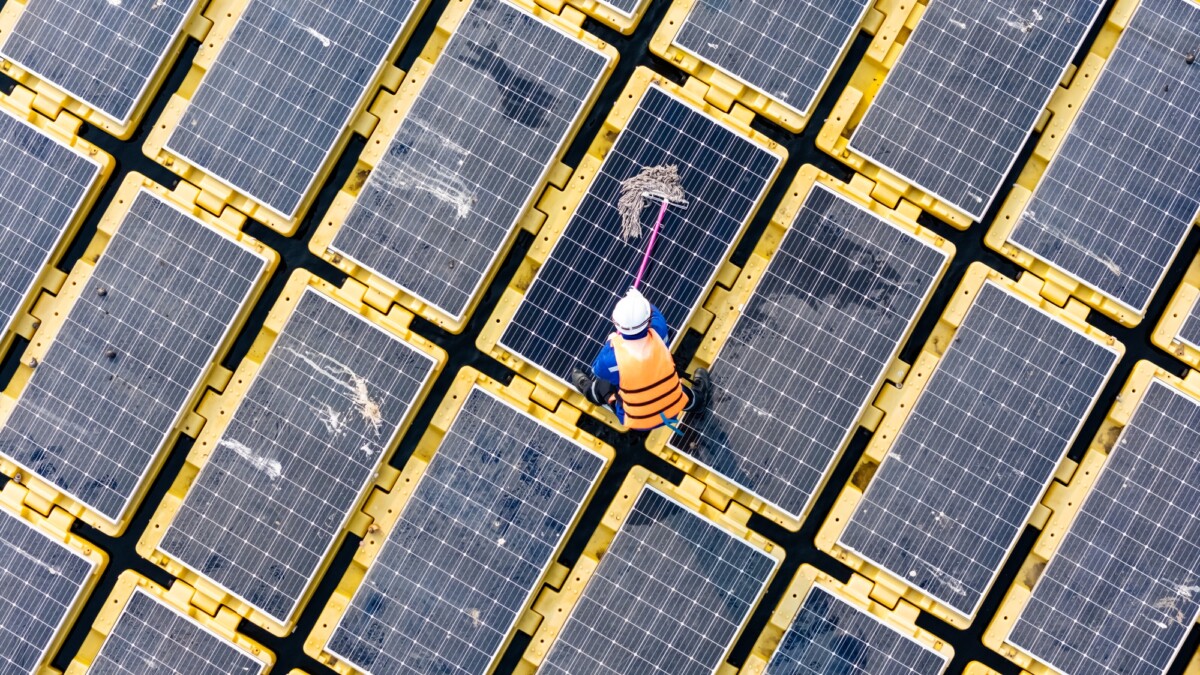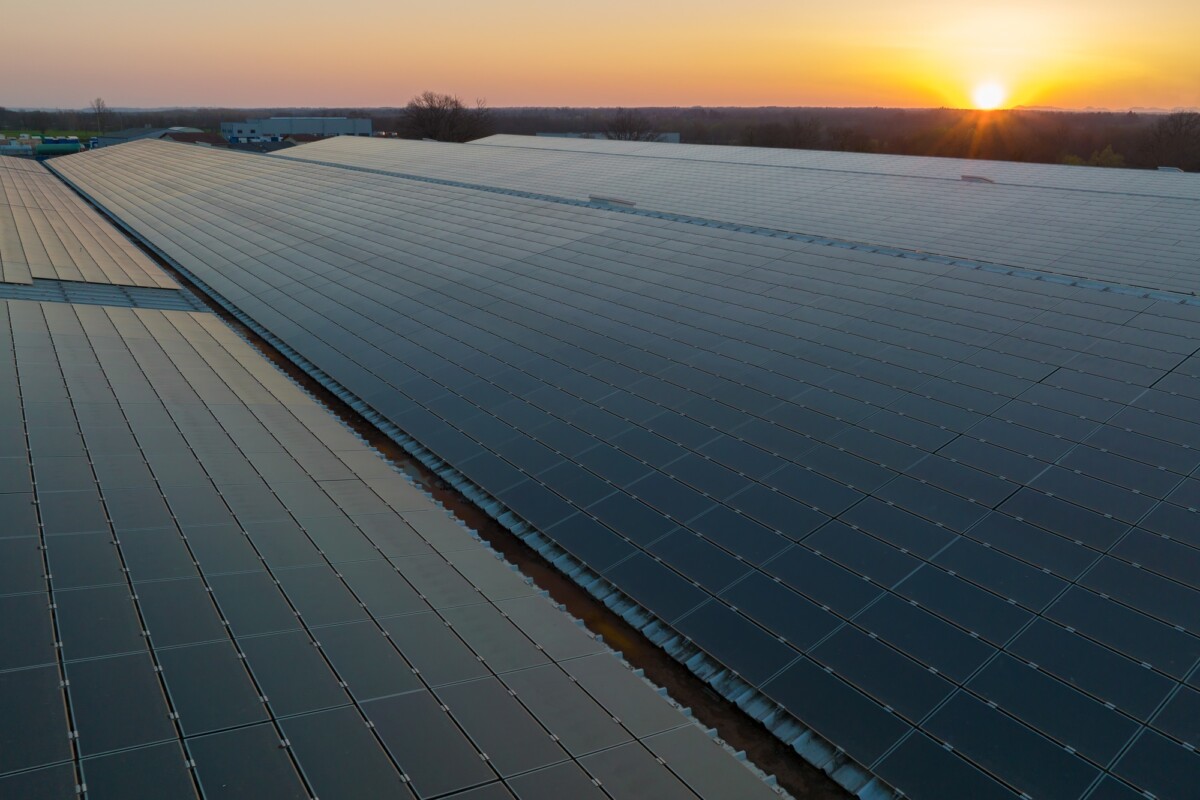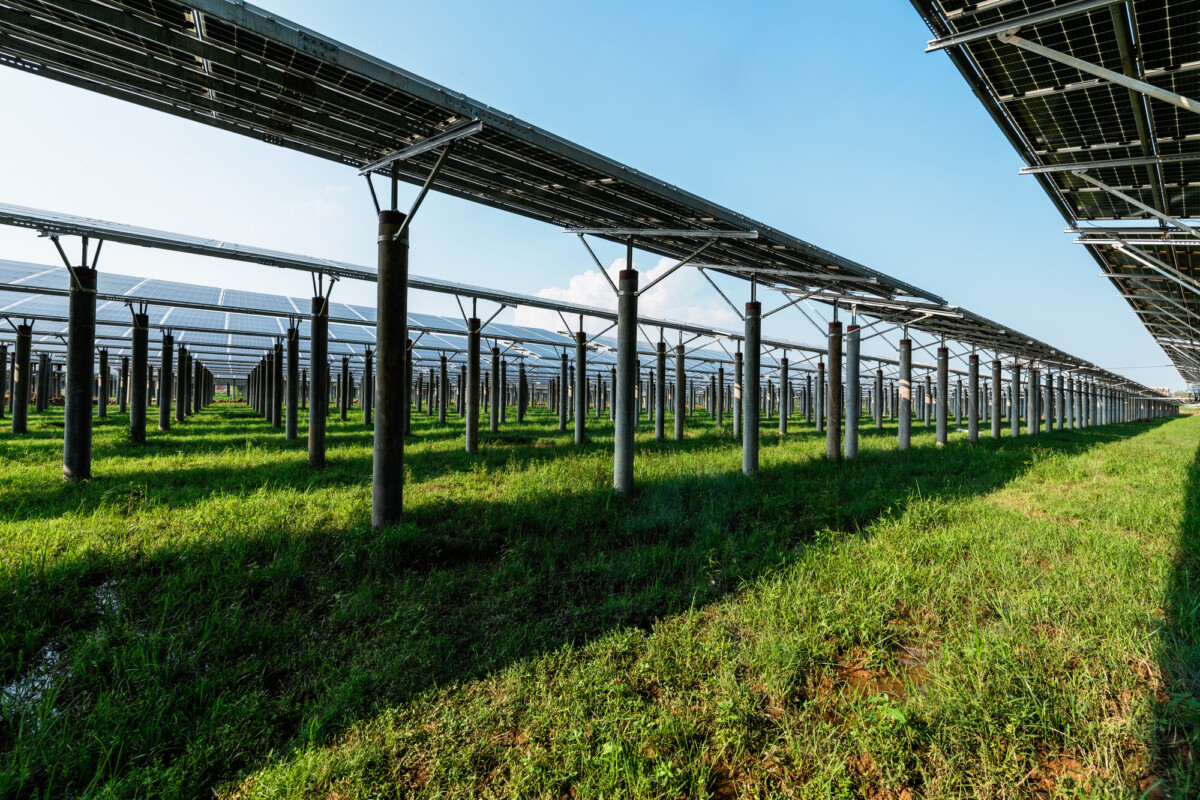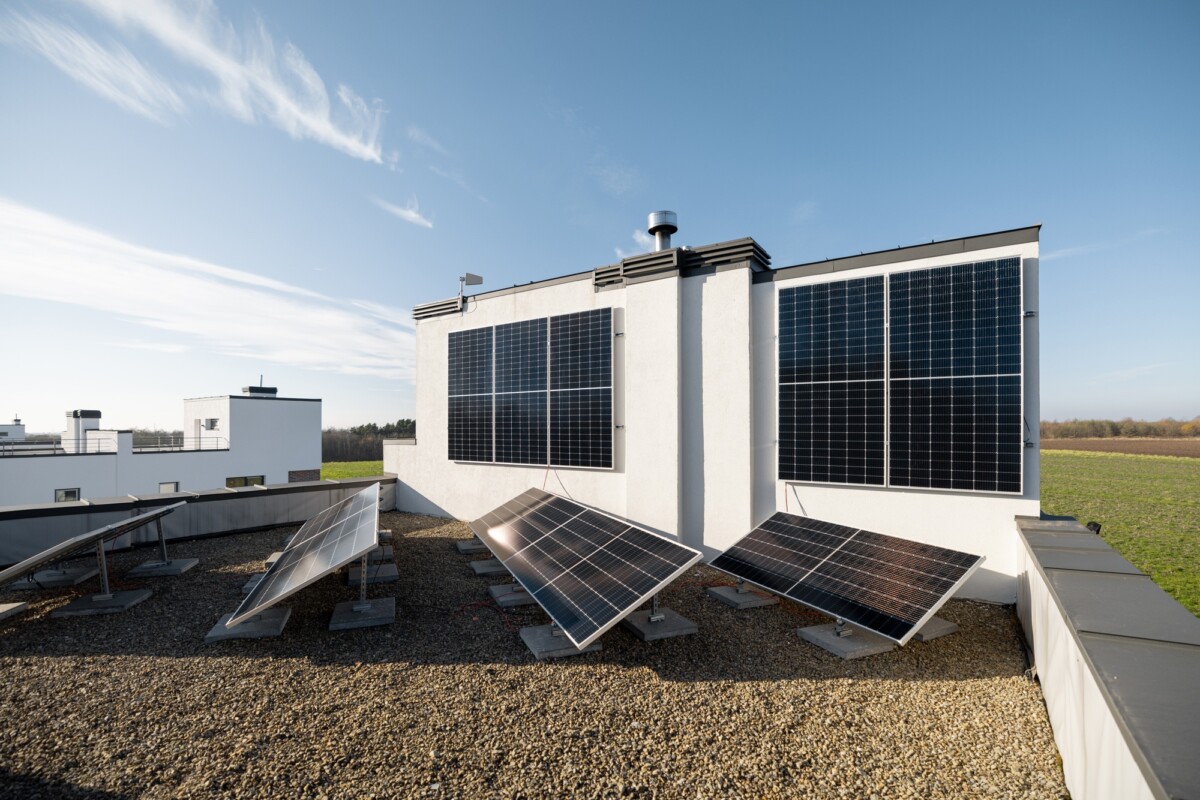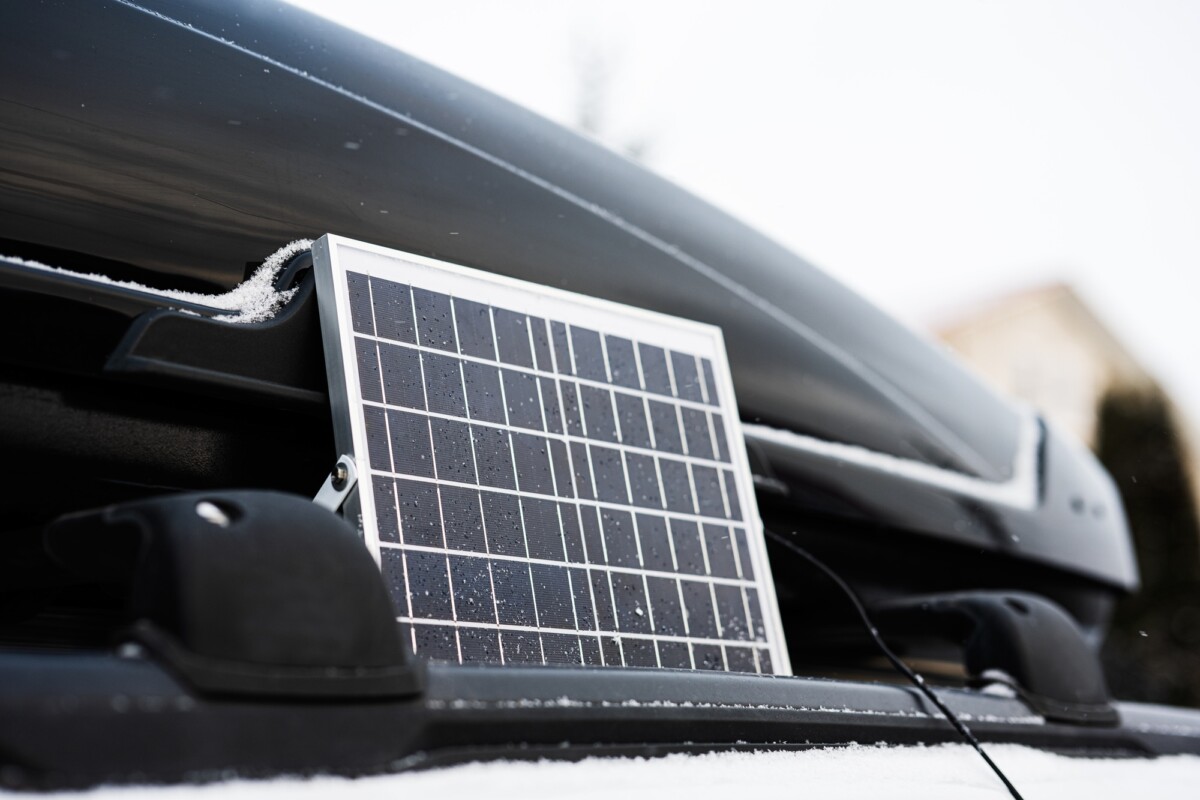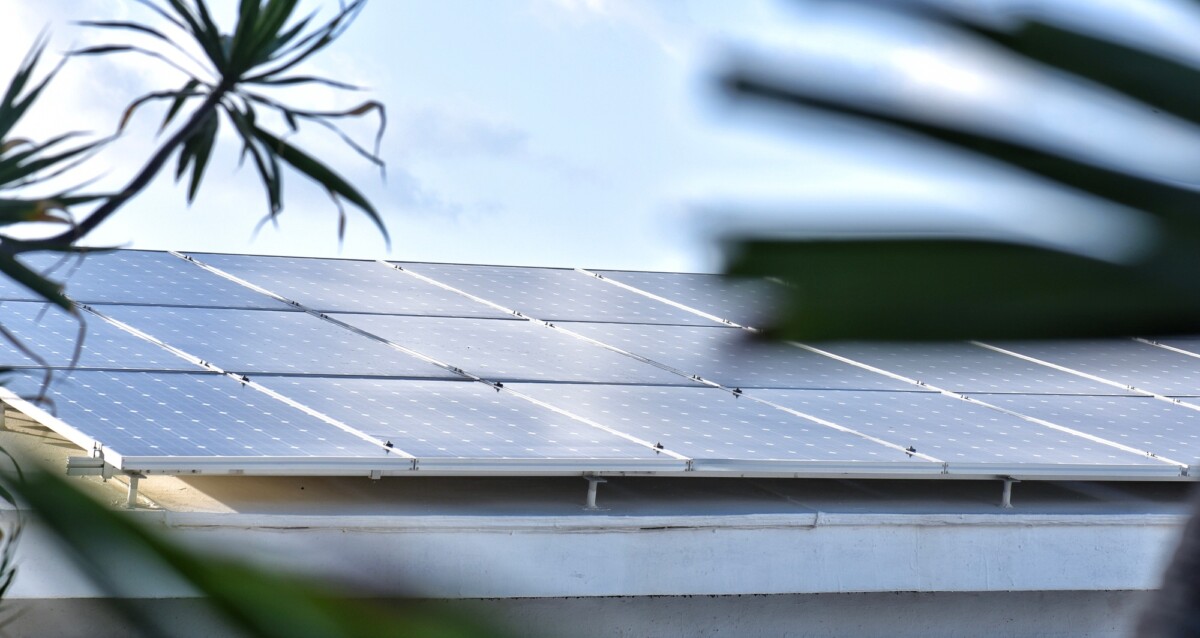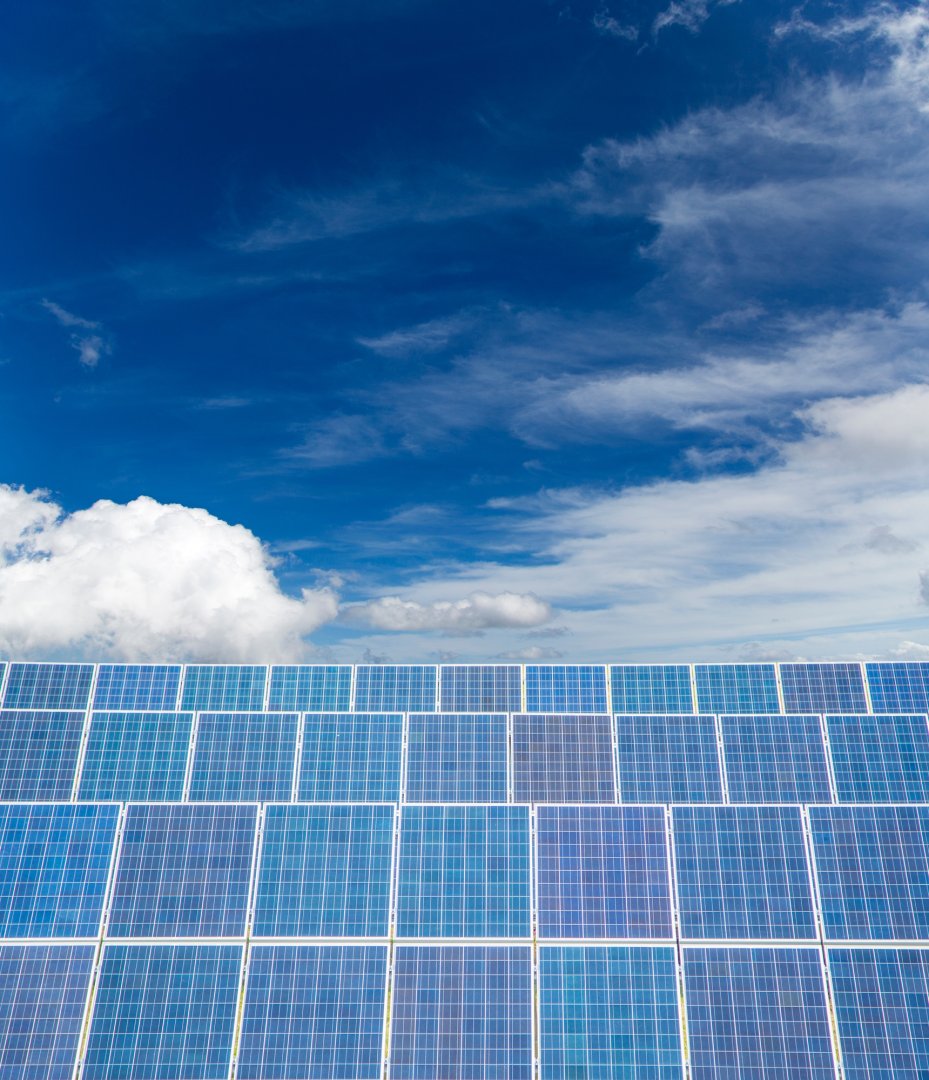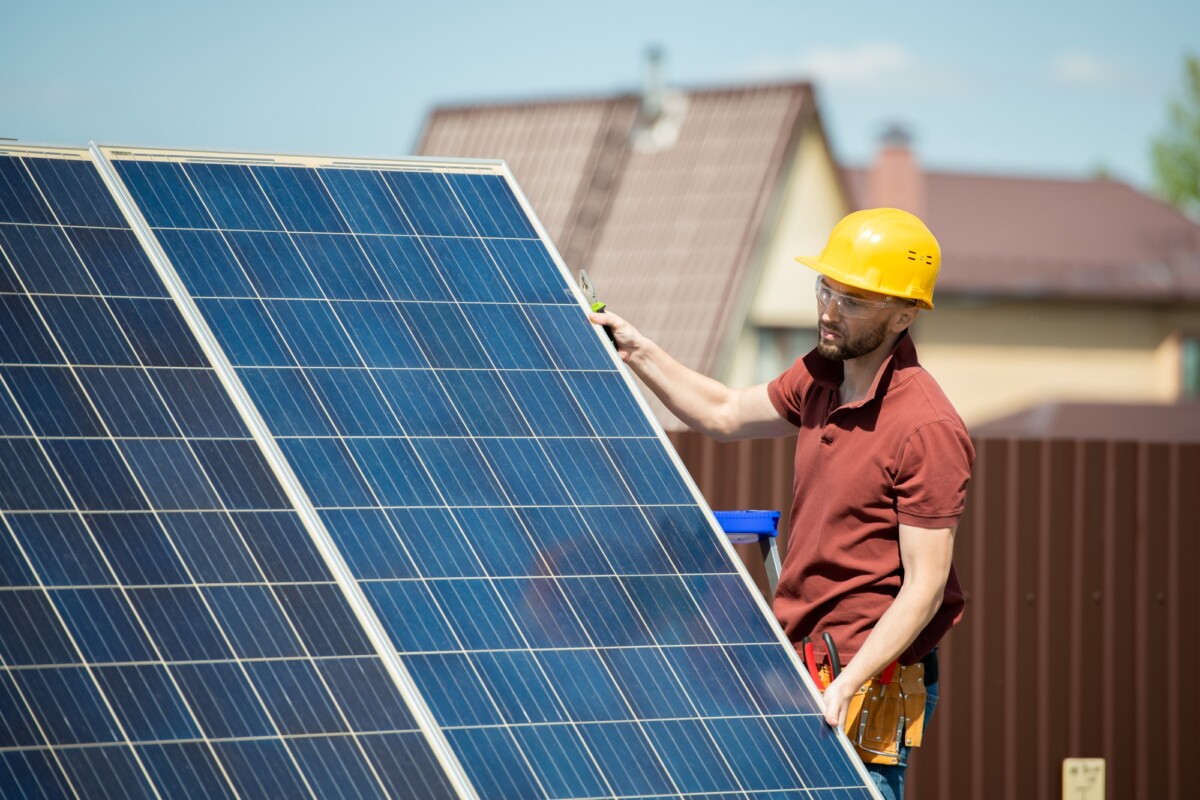Solar power plants are often hailed as a beacon of hope in the fight against climate change, but what about their environmental impact? While they offer a cleaner alternative to fossil fuels, it’s crucial to understand the full scope of their effects on our planet. In this section, we’ll explore the environmental impact of solar power plants, shedding light on both their benefits and challenges.
Positive Environmental Impacts
Solar power plants significantly reduce greenhouse gas emissions, a major contributor to global warming. By harnessing the sun’s energy, they provide a renewable source of power that doesn’t deplete natural resources. Additionally, solar plants require minimal water for operation, conserving this precious resource compared to traditional power generation methods. These benefits make solar power a key player in sustainable energy solutions.
Challenges and Considerations
Despite their advantages, solar power plants are not without environmental challenges. Land use is a significant concern, as large-scale installations can disrupt local ecosystems and wildlife habitats. Moreover, the production and disposal of solar panels involve hazardous materials, necessitating careful management to prevent environmental contamination. Balancing these factors is essential for maximizing the positive environmental impact of solar power plants.
The Positive Environmental Impact of Solar Power Plants
Harnessing the sun’s energy is not just a futuristic concept; it’s a reality that promises a cleaner, more sustainable world. However, understanding the environmental impact of solar power plants is crucial as we transition to renewable energy. These plants offer a beacon of hope in reducing carbon footprints and combating climate change, but how exactly do they benefit our environment? Let’s explore the positive impacts that make solar power a key player in our green future.
Reduction in Greenhouse Gas Emissions
Solar power plants significantly reduce greenhouse gas emissions, a primary contributor to global warming. Unlike fossil fuels, solar energy production does not release carbon dioxide or other harmful pollutants. This clean energy source helps mitigate climate change by lowering the overall carbon footprint, making it a pivotal component in global environmental strategies.
Conservation of Water Resources
Another significant environmental impact of solar power plants is their minimal water usage.
Traditional power generation methods often require vast amounts of water for cooling and processing. In contrast, solar power systems, particularly photovoltaic panels, use little to no water during operation. This conservation of water resources is vital, especially in arid regions where water scarcity is a pressing issue.
Challenges and Concerns: Negative Environmental Impact of Solar Power Plants
Solar power plants are often hailed as a beacon of hope in the fight against climate change, but they are not without their challenges. While they offer a cleaner alternative to fossil fuels, the environmental impact of solar power plants cannot be overlooked. From land use to resource consumption, these facilities present several concerns that need addressing to ensure sustainable energy production.
Land Use and Habitat Disruption
One of the primary concerns is the significant land area required for solar farms. Large-scale installations can lead to habitat disruption, affecting local wildlife and ecosystems. This land use can sometimes result in the displacement of species and alteration of natural landscapes, raising questions about the balance between renewable energy and biodiversity conservation.
Resource Consumption and Waste
Another issue is the resource-intensive nature of solar panel production. The manufacturing process involves the use of hazardous materials and significant water consumption, which can lead to pollution and resource depletion. Additionally, the disposal of solar panels at the end of their lifecycle poses a challenge, as they contain toxic substances that require careful handling to prevent environmental contamination.
Comparing Solar Power Plants to Other Energy Sources: An Environmental Perspective
Understanding the environmental impact of solar power plants is crucial as we transition towards sustainable energy solutions. While traditional energy sources like coal and natural gas have long dominated the energy landscape, their environmental toll is significant. Solar power plants, on the other hand, offer a cleaner alternative. But how do they stack up against other sources in terms of environmental impact? Let’s explore this comparison to uncover the promise solar energy holds for a greener future.
Environmental Benefits of Solar Power
- Reduced Carbon Emissions: Unlike fossil fuels, solar power plants produce electricity without emitting greenhouse gases, significantly lowering the carbon footprint.
- Minimal Water Usage: Solar energy systems require little to no water for maintenance, unlike coal or nuclear plants, which consume vast amounts of water for cooling.
Challenges and Considerations
- Land Use: Solar farms require large areas of land, which can impact local ecosystems if not managed responsibly.
- Resource Extraction: The production of solar panels involves mining for materials like silicon and rare metals, which can have environmental consequences if not sustainably sourced.
Innovative Solutions to Mitigate the Environmental Impact of Solar Power Plants
Harnessing the sun’s power is a promising solution for sustainable energy, but what about the environmental impact of solar power plants? While solar energy is clean, the land use and resource consumption can pose challenges. However, innovative solutions are emerging to address these concerns, ensuring that solar power remains a green choice for the future. One effective strategy is the development of floating solar farms.
By installing solar panels on bodies of water, we can reduce land use and minimize habitat disruption. Additionally, these installations can help decrease water evaporation and improve water quality. Another promising approach is the use of agrivoltaics, where solar panels are integrated with agricultural activities. This dual-use of land not only generates clean energy but also supports crop growth by providing shade and reducing water loss.

Ready to make the switch? Discover how solar power can lower your bills and boost your home’s efficiency. Get a Free Solar Estimate at FREE SOLAR POWER QUOTES
The Role of Technology in Reducing the Environmental Impact of Solar Power Plants
Harnessing the sun’s power is an exciting prospect, but the environmental impact of solar power plants can’t be ignored. While solar energy is a cleaner alternative to fossil fuels, the production and disposal of solar panels pose environmental challenges. Fortunately, technological advancements promise to mitigate these impacts, making solar power even more sustainable.
Innovations in Solar Panel Design
- Thin-film technology: Reduces material use and energy consumption during production.
- Recyclable materials: New panels are designed with materials that are easier to recycle, minimizing waste.
Smart Grid Integration
Integrating solar power with smart grid technology enhances efficiency and reduces waste. Smart grids allow for better energy distribution, ensuring that solar power is used optimally and reducing the need for backup fossil fuel energy. This integration not only lessens the environmental footprint but also improves the reliability of solar power as a primary energy source.
How Community Involvement Can Enhance the Environmental Benefits of Solar Power Plants
Solar power plants are a beacon of hope in our quest for sustainable energy, but understanding the environmental impact of solar power plants is crucial. While they offer a cleaner alternative to fossil fuels, their development can still affect local ecosystems. However, community involvement can significantly enhance their environmental benefits, ensuring that these projects are both eco-friendly and socially responsible.
Community Engagement: A Catalyst for Positive Change
- Local Knowledge and Input: Communities often possess valuable insights into local ecosystems, which can guide the placement and operation of solar power plants to minimize disruption.
- Shared Responsibility: When communities are involved, they are more likely to support and maintain the solar infrastructure, leading to better long-term environmental outcomes.
Collaborative Planning for Sustainable Development
By fostering collaboration between developers and local residents, solar projects can be tailored to meet both energy needs and environmental goals.
This partnership not only mitigates the environmental impact of solar power plants but also empowers communities, creating a sense of ownership and pride in sustainable development.
Exploring the Lifecycle Environmental Impact of Solar Power Plants
Solar power plants are often hailed as a beacon of hope in the fight against climate change, but what about the environmental impact of solar power plants throughout their lifecycle? While they offer a cleaner alternative to fossil fuels, it’s essential to understand the complete picture, from production to disposal. This exploration promises to shed light on both the benefits and challenges, ensuring a well-rounded perspective on solar energy’s role in our sustainable future.
The Production Phase: Raw Materials and Manufacturing
- Resource Extraction: The production of solar panels involves mining for raw materials like silicon, silver, and aluminum, which can lead to habitat disruption and pollution.
- Manufacturing Emissions: The manufacturing process itself can emit greenhouse gases, though advancements are reducing these impacts.
Operational Benefits: Clean Energy Generation
Once operational, solar power plants significantly reduce greenhouse gas emissions compared to fossil fuel-based energy sources. They harness the sun’s energy, providing a renewable and abundant power supply with minimal air and water pollution. Transitioning to solar energy not only curtails carbon footprints but also supports energy independence and security.
What Are the Long-Term Environmental Implications of Solar Power Plants?
Harnessing the sun’s power is an exciting frontier in sustainable energy, but what about the environmental impact of solar power plants? While solar energy is often lauded for its clean and renewable nature, it’s crucial to understand the broader ecological footprint these installations may leave behind. By exploring the long-term environmental implications, we can better appreciate the balance between harnessing solar energy and preserving our planet.
Land Use and Habitat Disruption
One significant concern is the land use required for large-scale solar farms. These installations often occupy vast areas, potentially disrupting local ecosystems and wildlife habitats. Transitioning to solar energy must consider these impacts, ensuring that development does not come at the cost of biodiversity. Implementing solar panels on already developed lands, such as rooftops or brownfields, can mitigate these effects.
Resource Consumption and Waste
The production and disposal of solar panels also contribute to the environmental impact of solar power plants. Manufacturing panels involves mining for raw materials like silicon and rare metals, which can lead to resource depletion and pollution. Additionally, end-of-life disposal poses challenges, as panels contain hazardous materials that require careful recycling processes. Advancements in technology and recycling methods are essential to minimize these long-term impacts.
How FreeSolarPower Can Help You Understand the Environmental Impact of Solar Power Plants
Harnessing the sun’s energy is a powerful way to reduce our carbon footprint, but understanding the environmental impact of solar power plants is crucial for making informed decisions. While solar energy is a cleaner alternative to fossil fuels, the production and disposal of solar panels can have environmental consequences. At FreeSolarPower, we delve into these complexities, offering insights and resources to help you grasp the full picture of solar power’s environmental footprint.
Key Environmental Considerations
- Land Use and Habitat Loss: Solar farms require significant land, potentially disrupting local ecosystems.
- Resource Consumption: Manufacturing solar panels involves mining and processing raw materials, which can lead to pollution.
- Waste Management: End-of-life disposal of solar panels poses challenges due to hazardous materials.
By exploring these aspects, FreeSolarPower empowers you with the knowledge to weigh the benefits against the potential drawbacks, ensuring that your transition to solar energy is both sustainable and responsible.
Join the solar movement today! Thousands are already saving—claim your free consultation to get started. Schedule Your Free Consultation at FREE SOLAR POWER QUOTES
Interested in more options? Take a look at SOLAR ENERGY for tailored solar solutions that suit your home!


